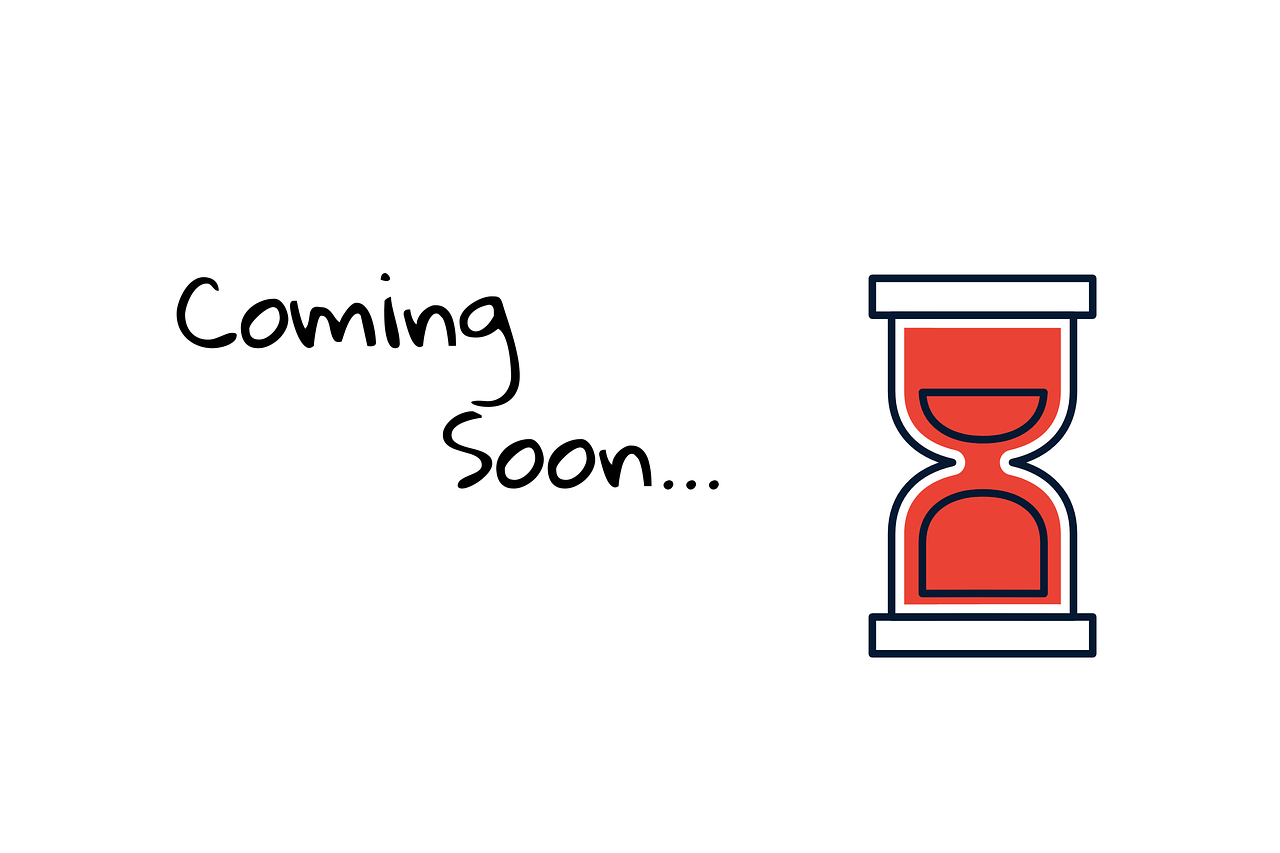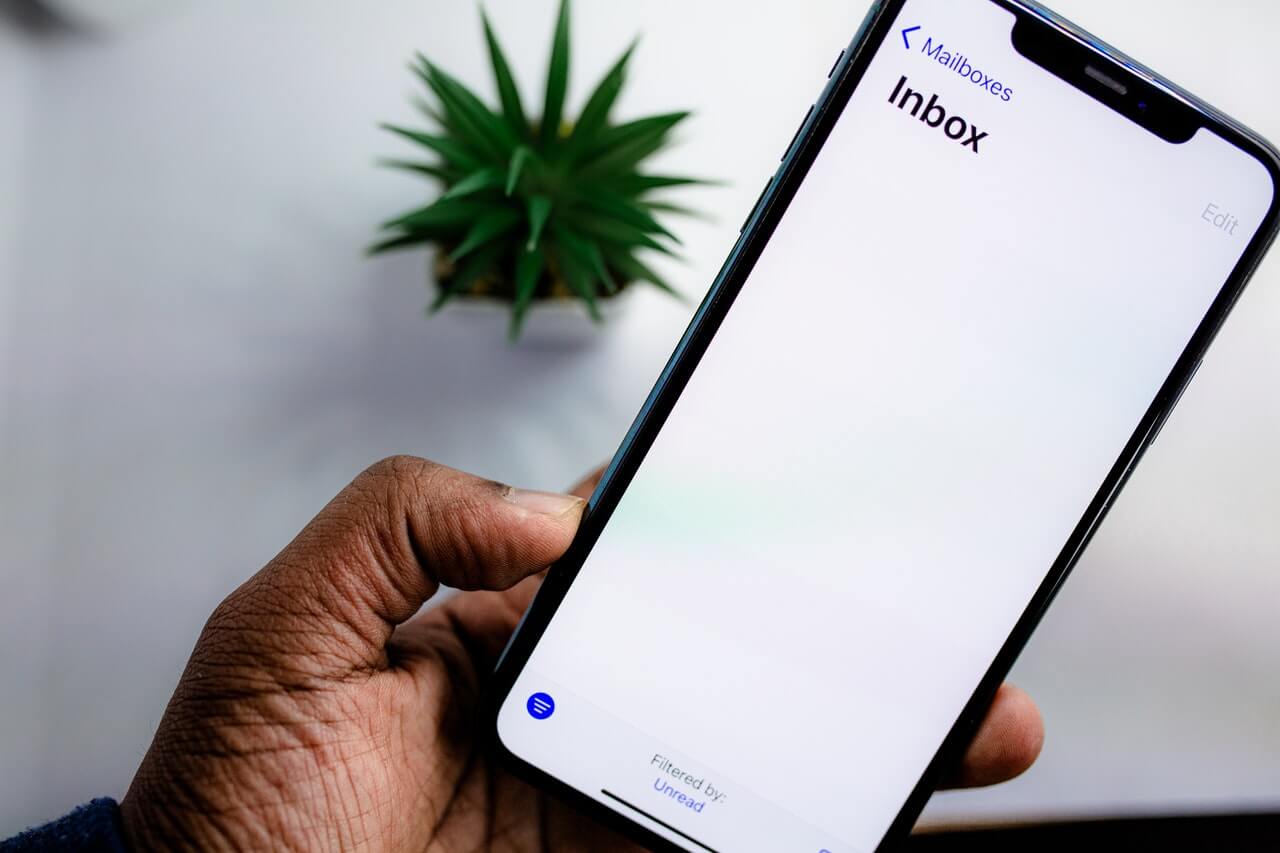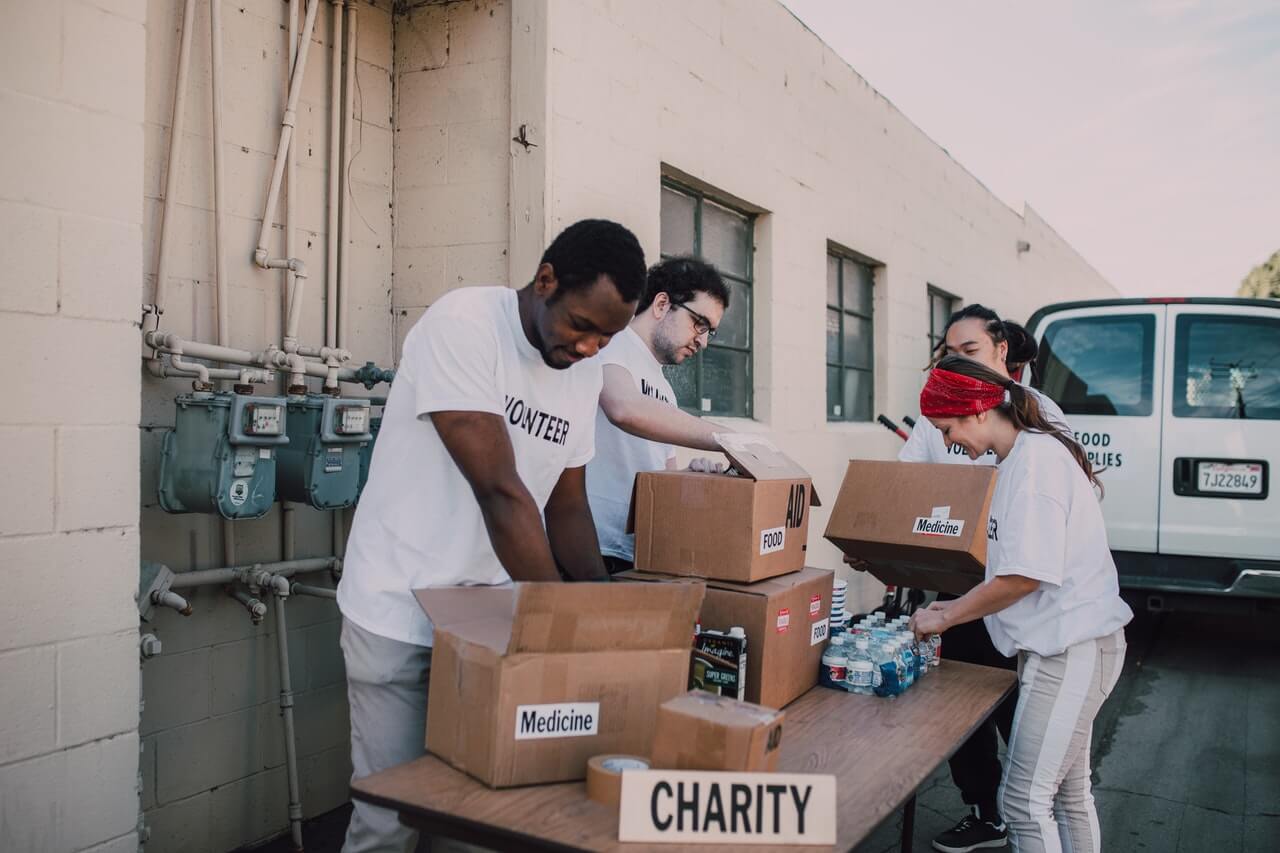What’s Coming – The Next Seven Weeks of the Fundraising Blog
April 23: Keeping Your Bucket Full … With Direct Mail by Jonathan Howard The…
Our content is reader-supported. Things you buy through links on our site may earn us a commission
Never miss out on well-researched articles in your field of interest with our weekly newsletter.

Subscriber

April 23: Keeping Your Bucket Full … With Direct Mail by Jonathan Howard The…

Welcoming the two new members of our writing team, Jon Howard & John Elbare February…

(…and, to start off the New Year, we’re offering $1-off coupons on the already-inexpensive Fundraising…

…in frequency, not in substance. Up to now (and except for Summertime) we’ve been publishing…

An email raised this question: My organization is in the process of developing a Fundraising…

For over three-and-one-half years, we’ve been writing/posting about Fundraising/Development — The Basics and the more…

A participant on a listserve raised the question: “What skills or personal qualities make one…

Unlike all of the other planned giving mechanisms, a bequest program doesn’t require major technical…

My response to an email from an Executive Director…. You indicated that it is your…

…and I’m taking this opportunity to thank a few people and emphasize the fundraising rules…
This is a companion piece to my posting, Who/What is a Fundraising Consultant, from last…

This posting by: Hank Lewis There are two steps to take in answering that question.…

This posting by: Hank Lewis I Recently saw the heading on a listserve posting relating…

This posting by: Hank Lewis In a recent exchange of email…. “What’s the standard thought…

This posting by: Hank Lewis I received the following email: I am involved in local…

This posting by: Hank Lewis An issue was raised on a listserve: “I have become…